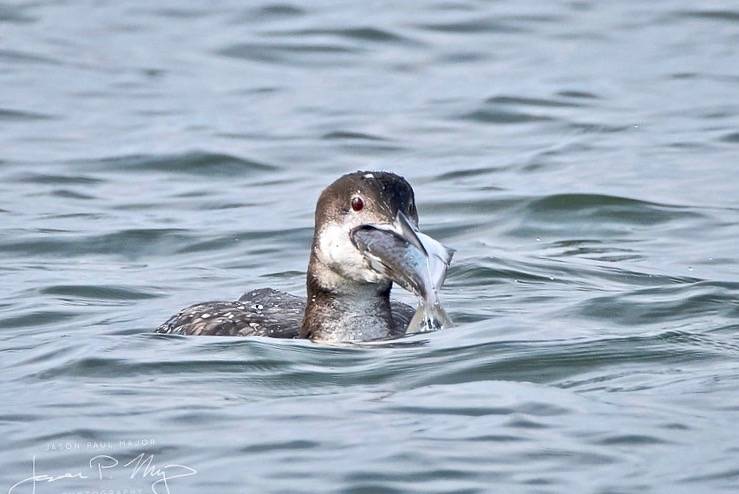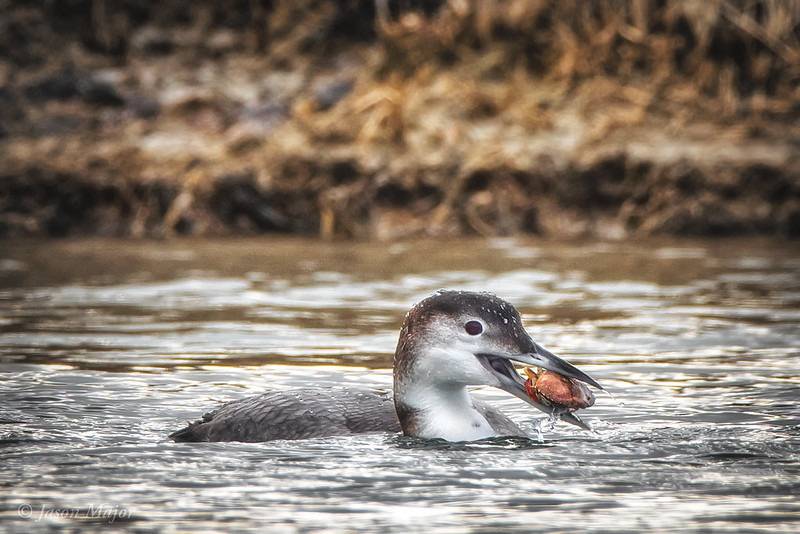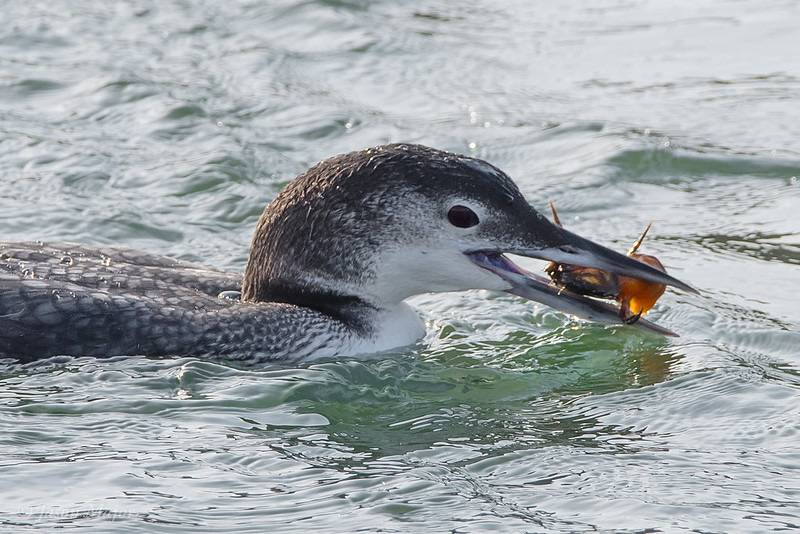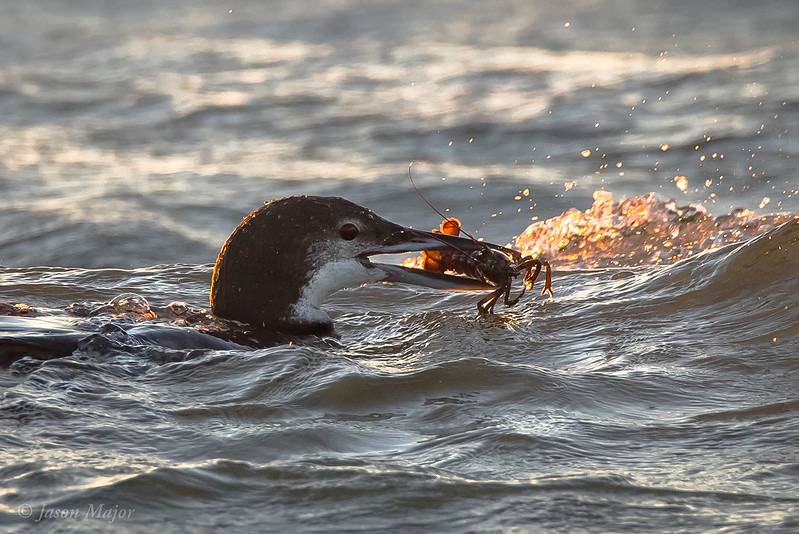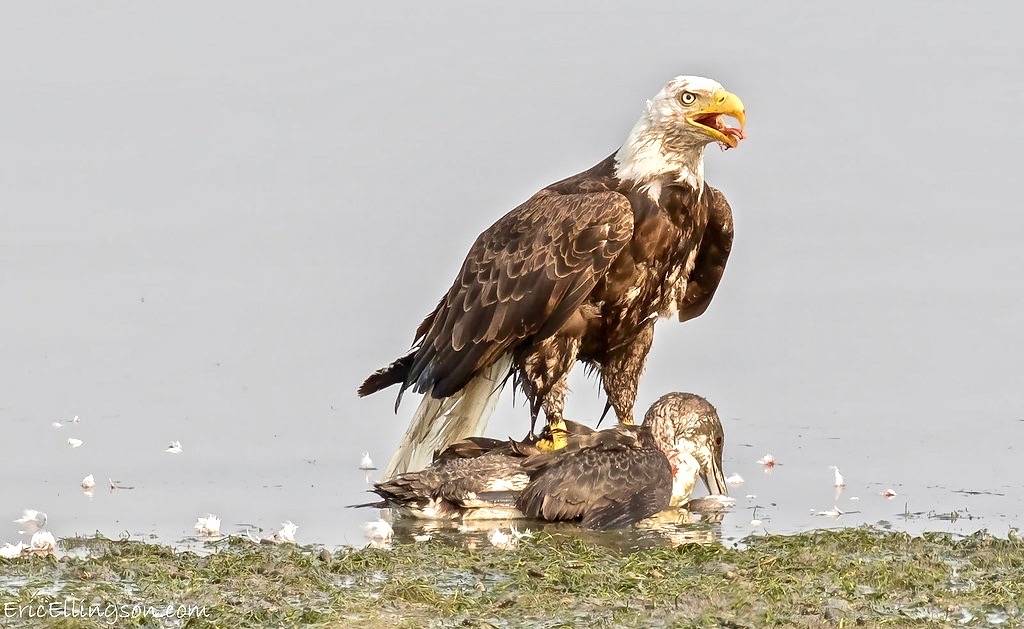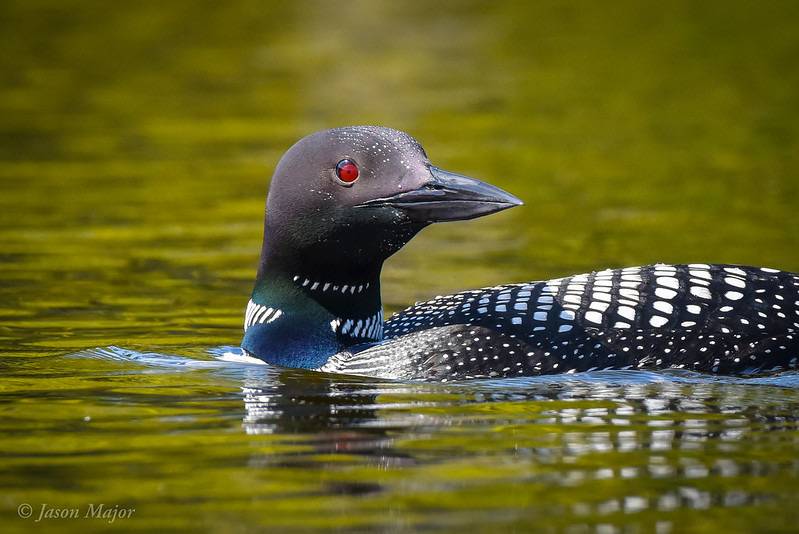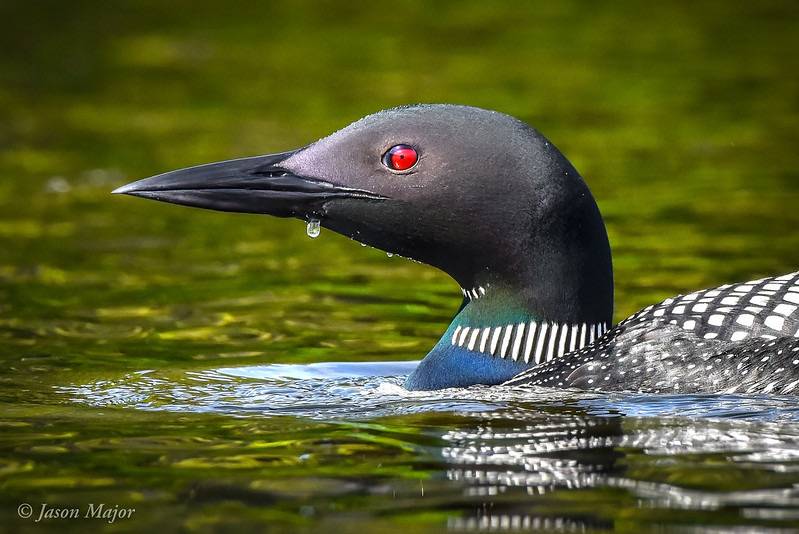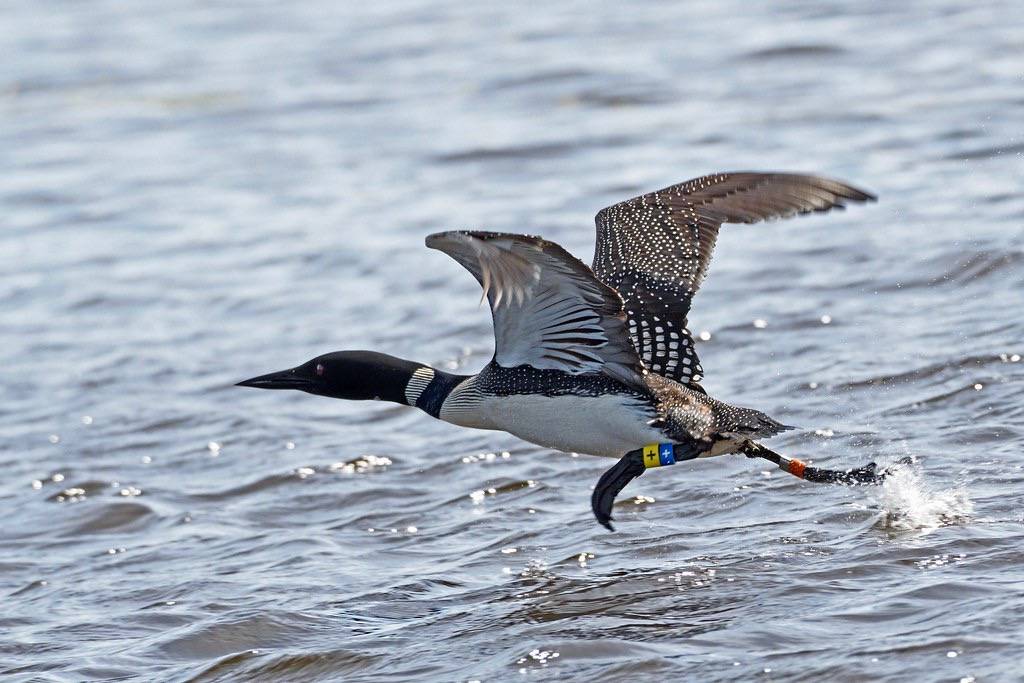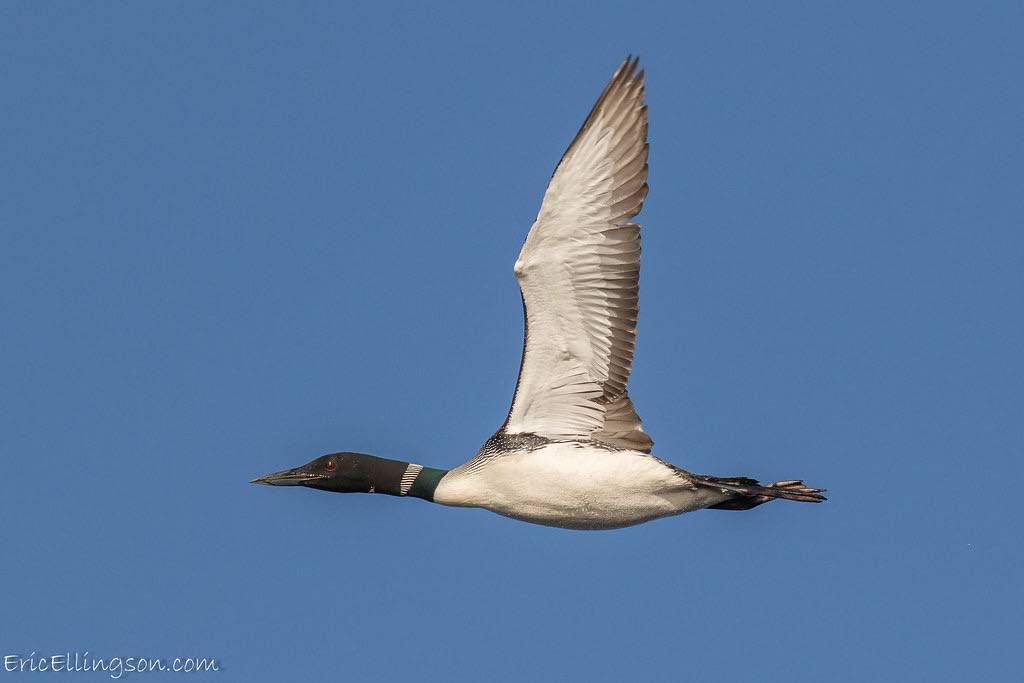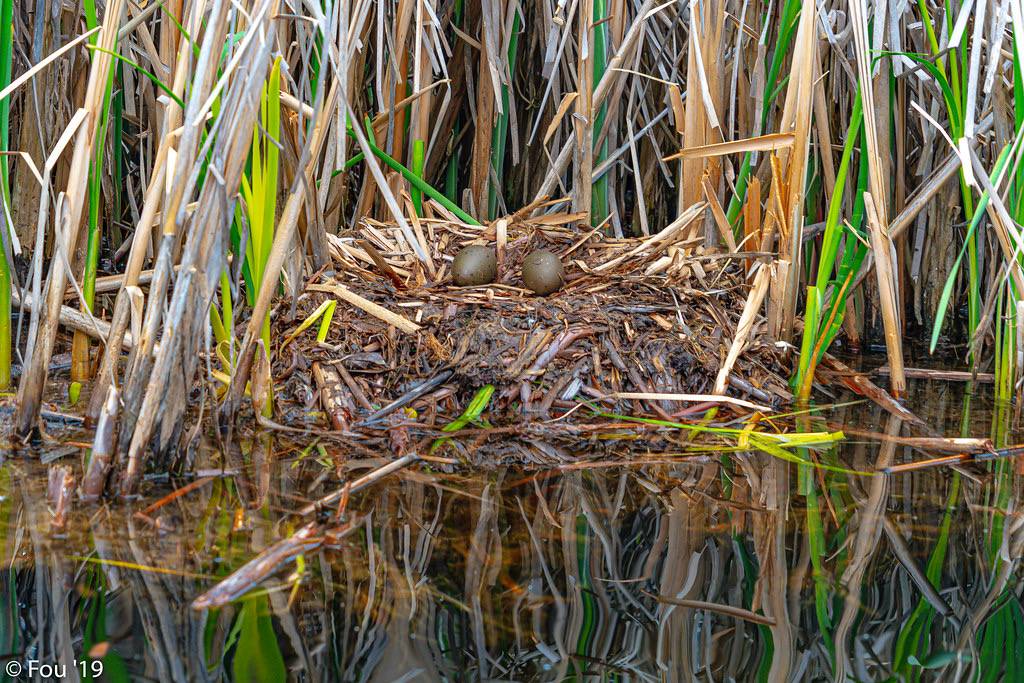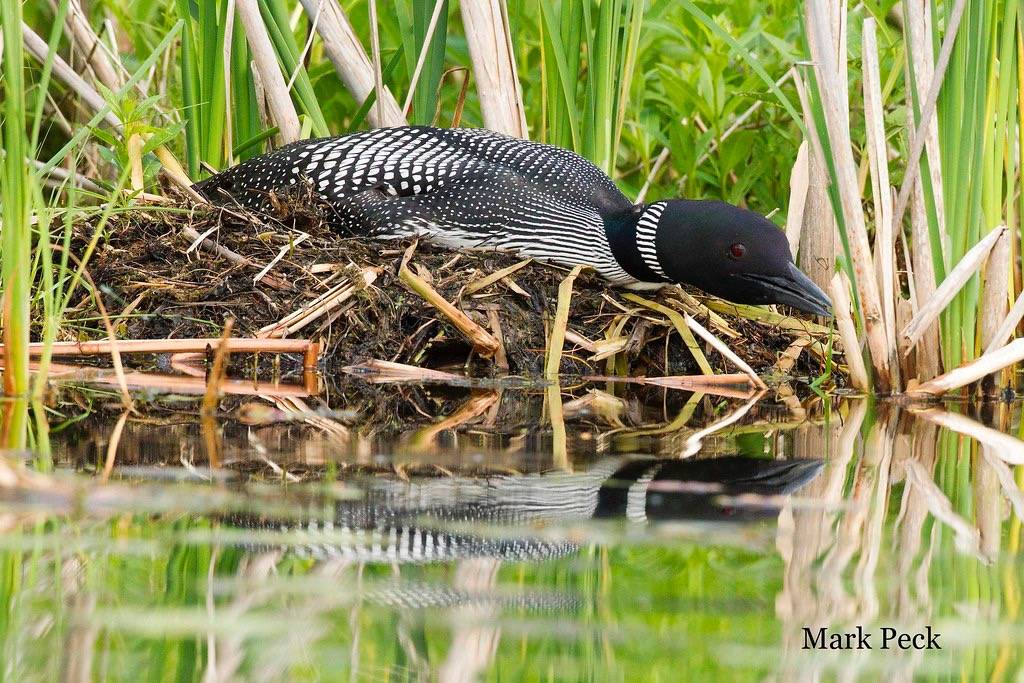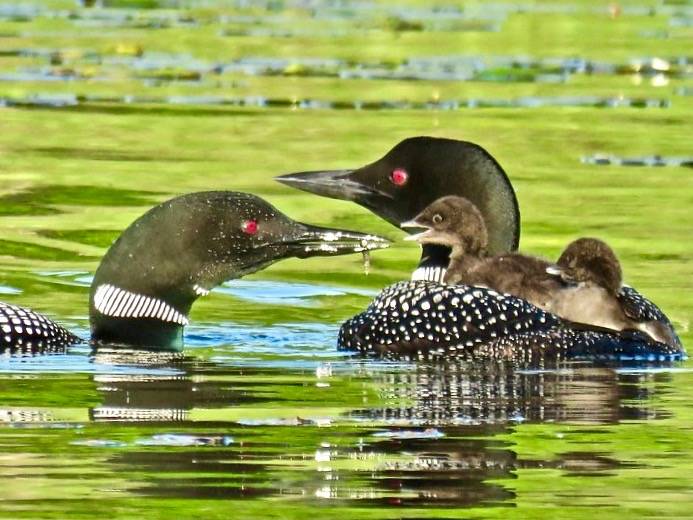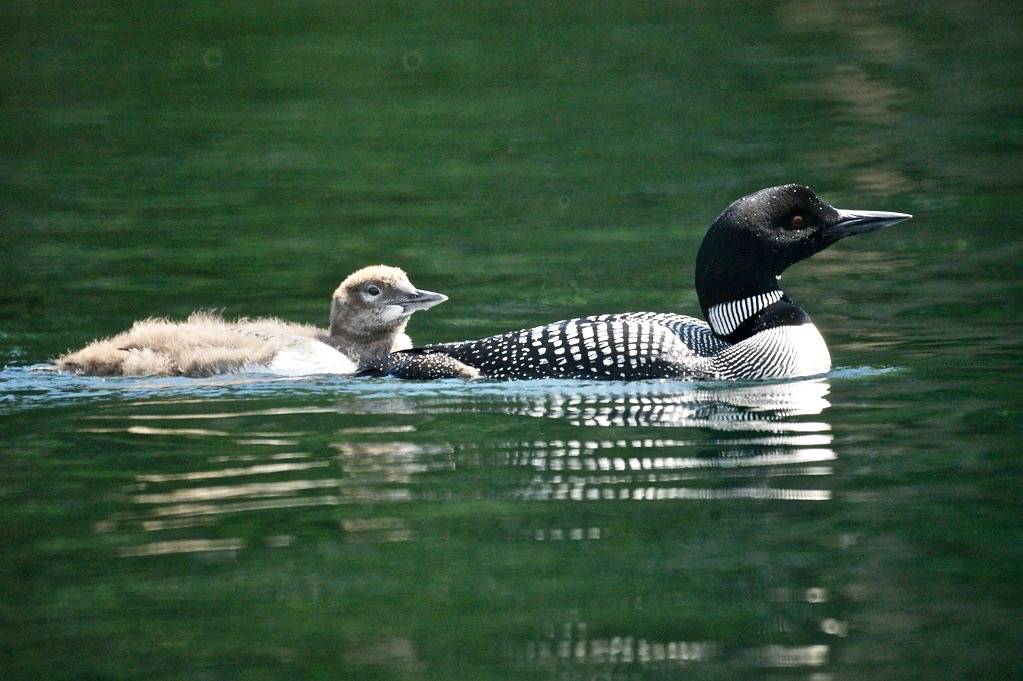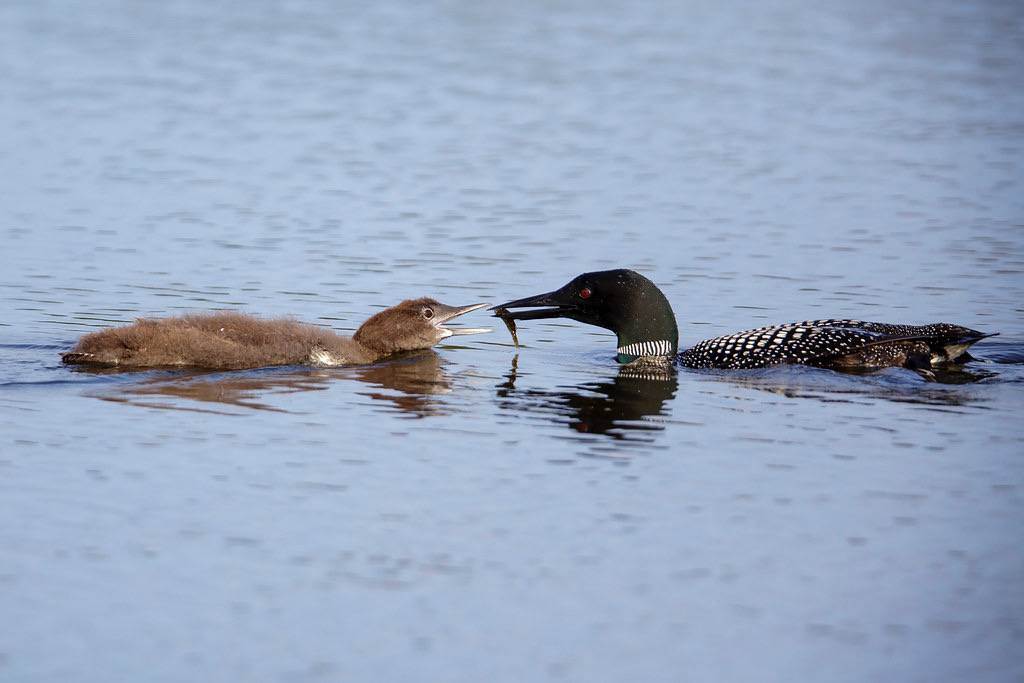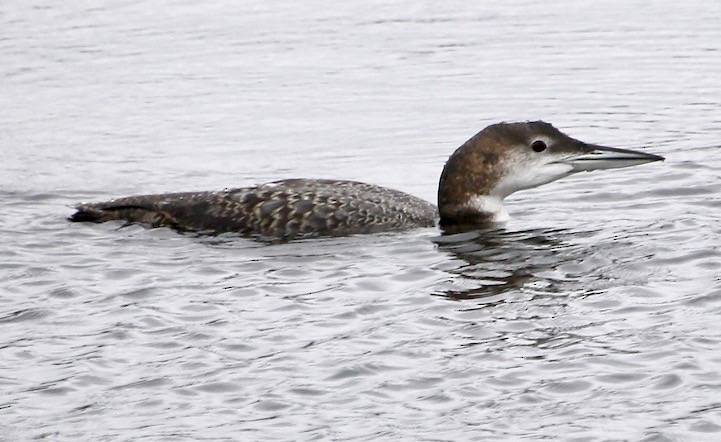Common Loon
The Common Loon in non-breeding plumage is a predictable even if sporadic winter visitor to Salter Grove. Every winter, solitary individuals can be seen diving in North or South Cove, or in the Providence River east of the southern islets of Rock Island. It remains quiet during its visit and provides no hint of the haunting calls for which it is famous.
It is a large bird and sits low in the water compared to the other wintering species. Unlike diving ducks which usually pop up to the surface quickly, loons may stay under water for as long as a minute chasing fish or seeking other prey, often reappearing quite some distance from where they first entered the water.
Breeding occurs in large unpolluted lakes with clear water and abundant fish in Canada, Alaska, northernmost United States, and some parts of Greenland, Iceland and Norway. Wintering individuals are most often found in shallow water along both coasts of the United States reaching as far south as Baja California and Texas.


